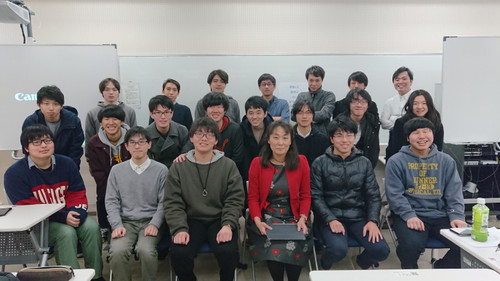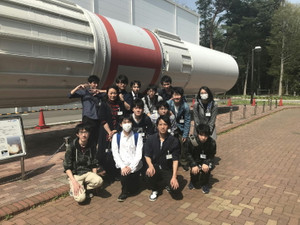Today's discussion focuses on IT technology, specifically questioning the relevance of blogs, often considered a Web 1.0 feature, in the Web 3.0 era.
Lately, I have pondered why I still disseminate information via a blog, a medium commonly associated with Web 1.0, even as Web 3.0 gains traction. Anyone familiar with me will know that generational factors are not a valid explanation. So, why do I, someone who enjoys employing the latest technology in a personally satisfying manner, continue to use a blog for communication? This essay will provide some insights.
Chat Bots in Customer Service and Inquiries
As of October 2023, numerous companies rely on chat bots to handle customer service and inquiries. Many of these bots are currently limited to predefined responses, struggling with unexpected queries. However, the advent of ChatGPT promises to increasingly shift customer service to language-generating AI chat bots.
Today, I had no choice but to contact a company about an issue. I dialed the toll-free number provided, only to be greeted by an automated message and a single-option menu: "May we send you a short message? Press 1 for yes." I tried entering other numbers and even ignoring the request, but after a few repetitions, the system announced it would terminate the call due to an invalid response. At that point, I couldn't help but mutter that they should have simply provided a URL via QR code or similar means. Perhaps this is a transitional issue.
Reluctantly, I pressed 1 and was directed to a URL via a short message. I clicked the link and found myself in a chat queue, a rather typical experience these days. When it was my turn, I was greeted by what appeared to be a scripted message and a prompt to select my issue from a list.
Feeling slightly uneasy, I made my selection. Another templated message followed, asking for confirmation. I agreed, and it concluded with, "Your request has been received. Please click the end chat button." I complied, but the promised action was never taken.
The next day, I returned to the same URL with a resolve to rigorously test the chat bot's capabilities. The conversation was identical to the previous day's, only the agent's name was different. I typed that I had the same issue unresolved from yesterday. The bot took its time to reply. Finally, it asked to confirm my phone number for a call from a representative. I agreed, but instead of proceeding to the call, it merely concluded with the same "Your request has been received" message. I questioned this discrepancy, and after a delay, received an apology and assurance that a representative would contact me. When I criticized the misleading instruction to end the chat, it simply repeated the apology.
Finally, I asked if I was speaking to an AI chat bot, to which the reply was, "No, this is a manned chat."
It turned out it was not an AI chat bot, but merely a scripted chat with human intervention, a rather amusing realization.
The Superiority of Chat Bots in Conveying Messages over Humans with Low Foundational Skills
Over the past decade, I have increasingly found that chat bots are more effective at conveying messages than humans. Whether the communication medium is telephone or email, I have had numerous experiences that have led me to this conclusion. For instance, while teaching at Tokyo Univerisity of Technology, I introduced myself over the phone, only to receive a bewildered response. Despite explaining myself carefully, the individual on the other end of the line was unable to grasp basic terminology. Such experiences have led me to believe that chat bots are far superior for relaying straightforward messages.
However, isn't it ironic that human-operated, scripted chat services are prevalent? Many of these human operators are likely managing multiple chat windows simultaneously. Given that the chat scripts are generally standardized and that responses often take time to read and type, one competent operator could handle multiple chats at once.
The Inevitable Automation of Certain Jobs
It is often said that various generative AI systems are taking over jobs, and it seems evident that this particular job will also soon be overtaken by language-generating AI.
The Collapse of Educational Trajectories
I have noticed a decline in foundational educational skills among contemporary students. Their ability to comprehend written text is considerably weakened. It's unlikely that they can even make sense of a lengthy blog post like this one. Furthermore, they lack the ability to think critically. After completing a university exam, they promptly forget everything they've learned, failing to apply this knowledge later.
The Redefining of Ease in Work
There is a phrase that I find particularly aggravating when people offer me work: "It's an easy and simple job." What does that even mean? The same sentiment seems to be prevalent among my students, who appear to desire ease in their work. However, the definition of "ease" varies among individuals.
Conclusion
I employ generative AI and IT tools to make my tasks more efficient, but these are merely means to amplify my abilities. I wish for others to remember that my way of life is to ardently continue doing what only I can do.
The reason why I disseminate information through Web 1.0 blogs is apparent to those who have managed to read and understand this far, I presume.








